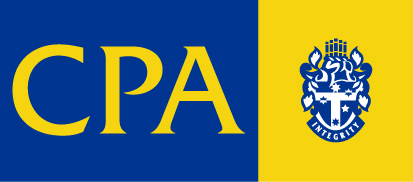What is negative gearing and is it beneficial for an investor?
Negative gearing is a situation where an asset produces some type of income and the combined costs of borrowing to buy the asset and holding costs exceed the income generated. For an investor to make a positive return, the anticipation is that market value of the asset increases by more than the generated income losses. The asset is said to be negative geared.
A typical example is a property that produces rental income and the annual financing and holding costs exceed that income.
To illustrate, let’s say Jim buys a house for $400,000 to rent out.
- The annual rental income is $20,000.
- Jim borrows the entire amount of $400,000. His annual interest is $22,000.
- The other annual expenses for the property are rates $2,000, insurance $1,000, repairs $1,000 and water rates $1,000.
- Jim’s negative geared loss is $7,000. He is out of pocket $7,000 per annum.
Why would Jim want to outlay $7,000 per annum?
A rational person (and hopefully Jim is) would want the market value of the property to increase by at least $7,000 per annum to offset the losses. He may not expect this in any particular year but would expect it to happen over the time span he expects to own the property. For example, if he expects to own the property for 5 years then he would aim for the market value to increase by at least $35,000 in that time span. If it does not, he has lost money on his investment.
There are taxation benefits that can improve Jim’s result. For example, the annual loss of $7,000 can be claimed by Jim as a tax deduction. Depending on his other income his annual tax benefit could range between $1,470 and $3, 430. As a rule of thumb, the higher Jim’s other income the better the annual tax benefit. If Jim was on the highest tax rate, his annual after tax loss maybe $3,570 ($7,000 – $3,430). This can make a substantial difference in Jim’s annual cash flow. His 5 year horizon is now a breakeven point of $17,850.
Is negative gearing beneficial?
- It is only beneficial if the market value increase in the asset over time exceeds all the annual losses described. For example, in Jim’s 5 year horizon if market value increases by $ 50, 000 compared with 5 years of after tax losses of $17,850, Jim has done well.
- The property is subject to capital gains tax on sale. That also needs to be factored into Jim’s calculations. For example, if the net property value increase was $50,000, Jim could pay capital gains tax of up to $12,250. His net return after tax is now $19,900 ($50,000-$17,850-$12,250).
- There are some other tax benefits available that do not involve direct spending. For example, building depreciation. This improves the asset return after tax. Recently passed legislation has placed some limits on claiming depreciation on previously used plant purchased for residential rental.
- There are other risk factors to consider. For example, Will Jim have too much borrowing?, Can he meet the loan repayments without financial stress? What happens if he has no tenants? What happens if his rental property is trashed by tenants? What happens if Jim dies or becomes critically ill and the implications for his family?
- Most people associate negative gearing with owning a rental property. Negative gearing principles also apply to other assets. For example, shares and managed funds.
I will outline this in another paper.
The commentary is general in nature and should not be seen as specific advice.
For more information and advice on Negative Gearing contact the Rede Accounting team here.




